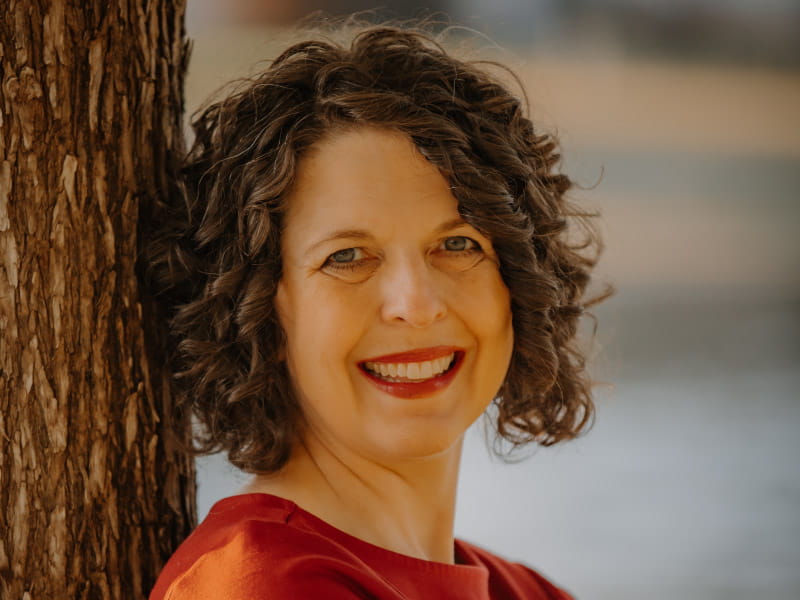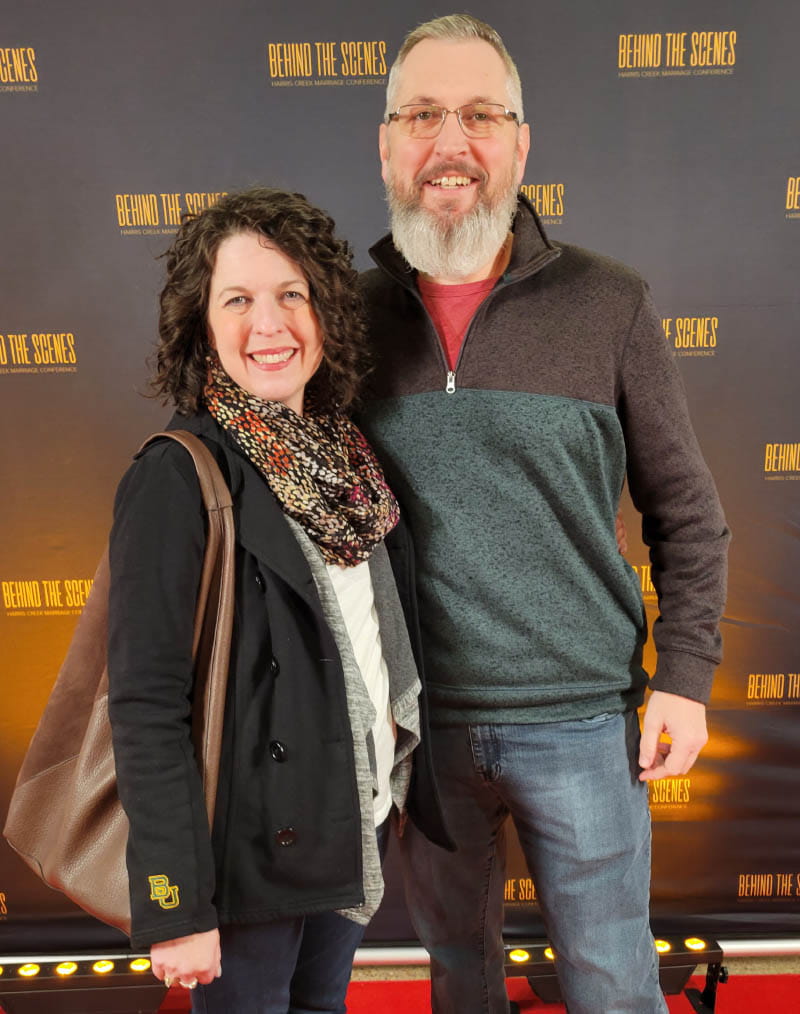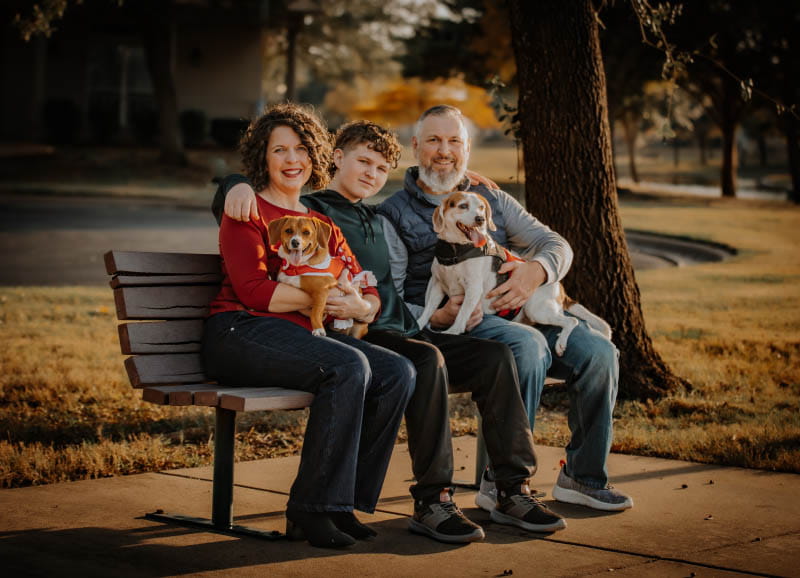She was dancing at a silent disco when symptoms hit. Something was wrong with her heart.
By Stefani Kopenec, American Heart Association News

Tami Nutt was born with a heart defect and grew up going to the children's hospital in Houston. She knew the problem would eventually have to be fixed, but until then, it was a waiting game.
The defect involved a narrowing of the aorta, the large blood vessel that carries blood from the heart to the rest of the body. Too much narrowing could cause shortness of breath, chest pain and ultimately heart failure.
In her youth, there were two reasons not to operate: It wasn't causing any problems, and the world of pediatric cardiology was still figuring out the best way to resolve her defect.
"The hope was that the science would move faster than my need," she said. "If I had been a major athlete or something like that, the need would have been pronounced sooner. But I really just enjoyed reading and staying inside."
Nutt went on to earn two advanced college degrees. At 25, she was married and working in Washington, D.C. She would get winded and struggled to keep up with co-workers as they walked to lunch. Meanwhile, she and her husband knew they eventually wanted to start a family. So, Nutt decided to see a cardiologist.
The doctor said it was time to make the repair. Science had advanced enough to better handle it. Plus, a pregnancy would otherwise be too risky. Hearing the same after getting a second opinion, Nutt underwent the open-heart surgery. It was a success.
Several years later, after returning to Texas, Nutt became a mom. She delivered her son, Austin, via a planned cesarean section so as not to put undue stress on her heart.
Fast forward 14 years to January. Nutt and her husband, Scott, were at their church in Waco, Texas, for a marriage conference. They stayed afterward and went to a silent disco, where each person gets a set of headphones and picks their dance music.
Tami started getting out of breath. She wondered if she was out of shape. Suddenly, she got nauseous, lightheaded, clammy and very hot. She thought maybe she shouldn't have eaten that handful of candy earlier.
She went outside to cool off. Scott brought her cold water and wet paper towels to make a compress. Her heart was beating really fast and hard. Intentional slow breathing wasn't helping. Eventually she felt somewhat better, so the couple headed to their home less than five minutes away. In the car, Tami again felt sick and her heart raced.
Once at the house, she grabbed her blood pressure cuff and took one reading, then another. Her blood pressure was high and fluctuating. Then she had a tightening in her shoulder; then in her neck.
"I'm having a heart attack," Tami told Scott. "We need to go to the ER."
"Are you sure?" he said. "I mean, we were just dancing. It could have been just overactivity."
Tami had no doubt.

At the emergency room, she repeated her story.
"I'm having a heart attack," Tami told the staff. "I have a heart condition on top of that, but this has never happened before, and I need y'all to check this quickly."
The medical personnel performed an electrocardiogram, or EKG, and drew some blood, which showed elevated cardiac enzymes, indicating a heart event. They gave Tami medicine to help her heart. Tests revealed she had experienced "broken heart syndrome," or stress-induced cardiomyopathy. It's also known as takotsubo cardiomyopathy, using the Japanese term for octopus traps that resemble the pot-like shape of the stricken heart.
Tami was asked if she'd had a traumatic event or traumatic news.
"I mean, I was a Baptist girl dancing in church, but it really wasn't that traumatic," she joked.
Broken heart syndrome may be initially misdiagnosed as a heart attack because the symptoms and test results are similar, but there's no evidence of blocked arteries. With the syndrome, a part of the heart temporarily enlarges and doesn't pump well, while the rest of the heart functions normally with even more forceful contractions. It can lead to severe, short-term heart muscle failure, but it's usually treatable.
Tami's heart had minimal damage, and she took several heart medications for a few months. She was keen to symptoms of a heart attack because of her medical history, and she reads "everything that I can get my hands on." She attended several Go Red for Women events held by the American Heart Association to learn more.
"I wanted to have that awareness mainly for my friends and family, never anticipating I would need to know," she said.
Scott is grateful his wife knew what to look for and acted quickly.
"I'm just thankful that she's here and she caught it early enough where there was no damage to the heart," he said. "That is a blessing."

To celebrate the gift of life, Tami got a heart necklace on her most recent birthday, when she turned 46.
"It's just a little reminder of how special it is to be able to have birthdays," she said. "I felt like this was just a really good way to remind myself of that on a daily basis."
Stories From the Heart chronicles the inspiring journeys of heart disease and stroke survivors, caregivers and advocates.





